23 Simple & Tasty Asian Cakes You Need to Taste Now
Asian cakes represent a delightful culinary landscape where tradition meets innovation.
Sweet creations from this region blend unique flavors and cultural influences that tantalize taste buds.
Delicate textures and unexpected ingredients characterize these remarkable desserts that go beyond ordinary expectations.
Bakers across different Asian countries craft confections reflecting local heritage and sophisticated techniques.
Intricate designs and subtle flavor profiles distinguish these remarkable sweet treats from western-style pastries.
Each cake tells a story of regional ingredients, family recipes, and generational cooking wisdom.
Precise methods and carefully selected components transform simple ingredients into extraordinary sensory experiences.
Prepare to uncover the magic of these 23 top Asian cakes that will spark your dessert curiosity:
Top Asian Cakes That Delight and Surprise
Asian cakes come in countless flavors and textures, from light and fluffy to decadently rich. Expect imaginative combinations and beautiful presentations for every celebration.
Japanese Cheesecake
Japanese cheesecake distinguishes itself as a cloud-like dessert with an airy, sponge-like texture that melts in your mouth.
Originating from German kasekuchen, this delicate treat was pioneered by Tomotaro Kuzuno after his 1960s travels to Germany.
Bakers create its unique consistency by whisking egg whites into a mixture of eggs, milk, sugar, and cream cheese.
Professional baking techniques like using a bain-marie water bath ensure its signature softness and lightness.
Most people prefer eating this cake straight from the oven when its texture is most ethereal and delicate.
Unlike dense Western-style cheesecakes, this Japanese version offers a featherlight experience that feels almost weightless.
Some enjoy the cake chilled, though warm is considered the optimal serving temperature.
Its popularity stems from its incredible texture that seems to dissolve instantly upon touching the tongue.
Kue Putu
Kue putu are steamed green rice flour cakes originating from Indonesia and beloved across Southeast Asia.
Street vendors craft these traditional snacks by mixing glutinous rice flour with pandan leaves for distinctive color and flavor.
Palm sugar serves as a sweet core inside the delicate cake, creating a rich inner filling.
Bamboo tubes traditionally steam these compact treats, giving them a unique cylindrical shape.
Freshly grated coconut gets sprinkled over the warm cake after steaming, adding texture and sweetness.
Regional variations exist in Malaysia and the Philippines, suggesting cultural culinary exchanges.
Some food historians trace these treats' potential origins to Indian puttu, a similar rice-based snack.
Portable and affordable, these green cakes represent a simple yet beloved street food tradition across the region.
Kasutera
Kasutera represents a light Portuguese-influenced Japanese sponge cake originating in Nagasaki with remarkable egg-foam-raised texture and no added butter or oil.
Portuguese merchants introduced this unique cake to Japan during the 16th century, deriving its name from "pao de Castela" meaning bread from Castille.
Bakers craft this delicate treat using simple ingredients like sugar, flour, eggs, and starchy syrup.
Modern variations include chocolate, green matcha tea, brown sugar, and honey flavors.
Kasutera's airy, moist consistency makes it a prized bakery item.
Japanese bakeries frequently produce this specialty as a popular gift and souvenir.
Nagasaki remains the primary region associated with this traditional sweet.
Generations have enjoyed kasutera's elegant and understated flavor profile.
Bibingka
Bibingka is a traditional Filipino rice cake beloved for its unique banana leaf-lined baking method that infuses a distinctive smoky essence into the soft, sweet pastry.
Spanish colonial influences shaped its original recipe, with early documentation dating back to 1751 revealing its multicultural culinary roots.
Filipino bakers traditionally prepare bibingka in clay pots using rice flour, creating a tender texture enhanced by coconut milk and butter.
Modern versions incorporate diverse ingredients like salted duck eggs, grated cheese, and coconut, offering sweet and savory flavor combinations.
Banana leaves remain a critical component, providing an authentic aroma and preventing the cake from sticking during baking.
Christmas season celebrations particularly highlight bibingka's cultural significance in Filipino cuisine.
Street vendors and home kitchens alike showcase this versatile dessert, which balances rich ingredients with delicate preparation techniques.
Regional variations demonstrate bibingka's adaptability across different Philippine islands and cooking traditions.
Lapis Legit
Lapis legit is a labor-intensive Indonesian layered cake with Dutch colonial roots, crafted through an intricate baking process that creates 18 to 30 distinct, thin layers of rich, spiced batter.
Bakers carefully build each delicate layer using egg yolks, sugar, flour, butter, and warm spices like mace, nutmeg, cloves, and cinnamon.
Square baking pans replace the traditional European rotating spit, setting this cake apart from similar baked treats.
Precise technique and patience define its preparation, with each layer carefully spread and baked individually.
Dutch influence shapes its complex method and flavor profile, distinguishing it from steamed Indonesian layer cakes like kuih lapis.
Intense butter and egg content create a dense, luxurious texture that melts in you mouth.
Spice combinations provide depth and warmth to each rich slice.
Modern bakeries and home cooks continue this time-honored baking tradition throughout Indonesia.
Kuih Lapis
Kue lapis is a colorful Southeast Asian steamed cake featuring distinctive multicolored layers made from rice flour, sago, coconut milk, and sugar.
Rice flour creates its signature bouncy and sticky texture while allowing vibrant red, green, and pink colors to shine through each delicate layer.
Indonesian and Malaysian communities traditionally prepare this dessert for special celebrations and family gatherings.
Steaming transforms separate ingredients into a cohesive, smooth pudding-like treat that requires careful cooling before serving.
Each layer is meticulously crafted to ensure uniform thickness and seamless color transitions.
Coconut milk adds rich depth and creamy smoothness to the dessert's overall profile.
Precise temperature control during steaming determines the cake's final texture and consistency.
Small portions are typically served as a sweet conclusion to meals or during festive occasions.
Sans Rival
Sans rival is a luxurious Filipino dessert blending French pastry techniques with local ingredients, featuring layers of crispy cashew meringue delicately sandwiched with silky French buttercream.
Originating between the 1920s and 1930s, this dessert emerged when Filipino students returned from European studies, bringing refined culinary skills back home.
French in technique but Filipino in spirit, sans rival transforms traditional dacquoise by replacing almonds with toasted cashews, creating a unique texture and flavor profile.
Crisp meringue layers provide a delightful crunch that contrasts beautifully with smooth, rich buttercream.
Cashews give the dessert a distinctly Philippine character, elevating it from its European roots.
Complex yet elegant, sans rival represents the sophisticated palate of Filipino dessert culture.
Steamed Tapioca Layer Cake (Banh Da Lon)
Bánh da lón (steamed layer cake) offers a unique Vietnamese dessert experience with its multi-layered, wobbly texture crafted from mung beans, tapioca starch, and rice flour.
Pandan leaves provide a distinctive green color and aromatic flavor to one layer, while mung beans create a pale yellow base.
Coconut milk adds richness and smoothness to the delicate cake's composition.
Water can substitute for coconut milk when needed.
Some variations incorporate exotic fillings like durian or taro for additional complexity.
Home cooks often steam the layers carefully to achieve the perfect translucent, gelatinous consistency.
After cooling, bakers typically slice the cake into elegant diamond-shaped portions that highlight its beautiful layered appearance.
Vietnamese Banana Cake (Banh Chuoi)
Bánh chuối highlights Vietnam's creative dessert tradition with sweet banana-based cakes steamed or baked to golden perfection.
Regional variations feature sliced bananas combined with condensed milk, coconut milk, and optional ingredients like bread or eggs.
Sesame seeds often garnish steamed versions, which receive a rich coconut milk drizzle.
Texture ranges from soft and creamy to crispy depending on preparation method.
Some recipes incorporate shredded coconut for added complexity.
Banana fritters represent another popular interpretation of this classic treat.
French colonial influences subtly shape the dessert's multilayered culinary heritage.
Vietnamese families enjoy bánh chuối as a comforting sweet snack across different regions.
Thousand-Layer Cake (Chien Chang Go)
Chien chang go celebrates multilayered Chinese pastry crafted through precise egg-based baking techniques that transform simple ingredients into an elegant dessert.
Originating in southern China, this dim sum specialty features delicate stacked layers created by carefully pouring thin batter into a baking tray.
Sugar, eggs, flour, butter, condensed milk, vanilla, and baking powder compose its foundational recipe.
Bakers methodically build multiple transparent layers during cooking, which develop a silky, smooth texture when baked or steamed.
Professional dim sum kitchens pride themselves on achieving perfectly thin, uniform layers that create visual and textural complexity.
Kitchen experts require significant skill to produce consistent cake sections with translucent, golden-hued layers.
Cooling allows the cake to stabilize before cutting into small, precise squares.
Each slice reveals intricate layering that highlights traditional Chinese pastry craftsmanship.
Sfouf
Sfouf are golden Lebanese semolina cakes infused with turmeric, delivering a distinctive sunny yellow hue and warm aromatic flavor.
Middle Eastern bakeries feature this traditional dessert as a cherished sweet treat enjoyed during family gatherings and festive celebrations.
Semolina and flour create its signature dense texture, while ground anise and turmeric provide deep earthy undertones.
Almonds typically garnish the cake's surface, adding a delightful crunch and nutty contrast.
Home bakers prepare sfouf using simple ingredients like semolina, flour, sugar, and vegetable oil.
Religious holidays and afternoon tea sessions frequently showcase these fragrant yellow cakes.
Lebanese families pass down sfouf recipes through generations, maintaining cultural culinary traditions.
Tahini sometimes enhances the cake's richness, creating a more complex flavor profile.
Kutsinta
Kutsinta are traditional Filipino steamed rice cakes prized for their unique gelatinous texture and deep brown color.
Filipino families cherish these sweet treats as beloved afternoon snacks or desserts throughout the Philippines.
Rice flour, brown sugar, and lye water form kutsinta's simple yet distinctive base ingredients.
Cooks steam the batter in small round molds to create their signature soft, wobbly shape.
Dark brown coloring comes from annatto seeds or food coloring added during preparation.
Coconut flakes traditionally garnish the top of these chewy, compact cakes.
Generations have enjoyed kutsinta as a comforting and affordable street food.
Street vendors and home kitchens alike continue this treasured culinary tradition across Filipino communities.
Paper Wrapped Cake (Zi Baau Daan Gou)
Paper wrapped cake originated in Hong Kong as a soft, delicate pastry baked inside parchment paper, creating a unique steamed texture that sets it apart from traditional Western-style cakes.
Bakeries across Hong Kong frequently prepare this sweet treat using simple ingredients like butter, eggs, milk, flour, sugar, and vanilla extract.
Bakers carefully wrap the cake batter in paper before baking, which helps maintain moisture and create its signature light, airy consistency.
Hong Kong residents consider this cake a beloved snack that pairs perfectly with afternoon tea or as a quick dessert.
Local bakeries compete to produce the most tender and fluffy version of this classic treat.
Generations have enjoyed paper wrapped cake as a comforting and nostalgic dessert.
Traditional recipes pass through families, preserving its cultural significance.
Each bite delivers a soft, melt-in-your-mouth experience that reflects Hong Kong's unique baking tradition.
Bebinca
Bebinca stands as a masterpiece of Goan dessert craftsmanship, representing a stunning Portuguese-influenced layered cake with unparalleled complexity.
Portuguese culinary traditions inspired this unique sweet treat originating in Goa, India.
Skilled bakers meticulously create bebinca by carefully spreading and baking multiple layers of batter made from flour, ghee, sugar, coconut milk, and egg yolks.
Each layer requires individual grilling or baking before adding the next, creating a time-consuming process.
Caramel sometimes enriches half the batter, producing alternating layer colors and enhancing visual appeal.
Authentic bebinca demands between 7 and 16 precise layers, with purists insisting on strict preparation standards.
Traditional recipes pass through generations, maintaining the intricate technique.
Goan families celebrate this dessert as a symbol of culinary patience and expertise.
Ageeli
Ageeli represents a traditional Qatari ring-shaped cake with distinctive sweet and aromatic characteristics.
Qatar's signature dessert combines eggs, flour, sugar, cardamom, saffron, and rosewater into a unique circular shape.
Sesame seeds and tahini typically cover the cake's exterior, creating a rich nutty flavor profile.
Home bakers often prepare ageeli as either a single large cake or multiple smaller individual servings.
Regional variations might incorporate milk or yogurt for added moisture and complexity.
Qatari families frequently enjoy this dessert during special gatherings and celebrations.
Cardamom and saffron provide warm, intense flavors that distinguish ageeli from other Middle Eastern pastries.
Sweet and fragrant, ageeli serves as a delightful representation of Qatar's culinary heritage.
Bibikkan
Bibikkan is a cherished Sri Lankan coconut cake blending sweet and spicy flavors through its unique combination of traditional ingredients.
Sri Lankan bakers craft this dense dessert by caramelizing jaggery with coconut and warming spices like cardamom and cinnamon.
Rich egg yolks and fluffy beaten egg whites create a complex texture while adding depth to its flavor profile.
Semolina and wheat flour provide structure to the cake, enhancing its substantial mouthfeel.
Cashews and raisins scattered throughout add delightful crunch and bursts of sweetness.
Ginger preserve and lemon rind contribute bright, zesty undertones that balance the cake's richness.
Kuih Cara Manis
Kuih cara manis sparkles as a sweet Malaysian bite-sized cake crafted from a smooth blend of eggs, flour, and coconut milk.
Traditional green pandan leaves infuse these delicate treats with their signature emerald hue and aromatic essence.
Small specialized copper molds create their distinctive rounded shape during baking.
Coconut milk ensures a rich, creamy texture that melts in you mouth.
Pandan's natural green coloring adds visual appeal and subtle fragrance.
Each bite delivers a soft, sweet experience deeply rooted in Malaysian culinary traditions.
Light and elegant, these miniature cakes represent a perfect balance of simple ingredients and cultural heritage.
Gers Ogaily
Gers ogaily embodies Kuwait's sweet culinary heritage, a golden sponge cake infused with aromatic saffron, cardamom, and rose water that delights dessert enthusiasts.
Bakers traditionally prepare this delicate treat in large bundt pans, creating a distinctive ring-shaped pastry with a rich, complex flavor profile.
Kuwait's signature cake sometimes emerges in smaller molds resembling cupcakes, offering versatile serving options.
Home bakers carefully blend eggs and fragrant spices to create its signature light texture.
Roasted sesame seeds generously coat the cake's exterior, adding a nutty crunch and visual appeal.
Each slice represents generations of Kuwaiti baking traditions passed through family recipes.
Sesame seeds not only enhance taste but provide a contrasting texture to the soft, tender cake.
Saffron's distinctive golden hue makes this dessert instantly recognizable as a cherished Kuwaiti specialty.
Steamed Vietnamese Banana Cake (Banh Chuoi Hap)
Banh chuoi hap represents Vietnam's elegant steamed banana cake, a sweet delicacy blending ripe bananas with soft rice flour and creamy coconut milk.
Street vendors and home kitchens across Vietnam craft this dessert by mashing bananas and mixing them with sugar, rice flour, and water.
Tapioca starch provides a unique texture that makes the cake light and slightly chewy.
Vietnamese families often prepare this treat during celebrations or as a comforting afternoon snack.
Each slice offers a gentle sweetness balanced by rich coconut notes.
Regional variations may include additional ingredients like vanilla or sesame seeds.
Served warm, banh chuoi hap connects generations through its simple yet sophisticated preparation.
Tradition and flavor merge in this beloved Vietnamese dessert.
Kuih Kaswi
Kuih talam seri muka are traditional Malaysian steamed cakes featuring a unique two-layered texture with contrasting flavors and colors.
Rice and tapioca flour form the base, creating a soft white bottom layer complemented by a rich dark-brown palm sugar top.
Dark palm sugar provides a deep caramel-like sweetness that distinguishes these desserts from other Southeast Asian treats.
Sugar, alkaline water, and carefully mixed flour create the cake's distinctive smooth consistency.
Small Chinese cups serve as traditional steaming molds for these delicate sweets.
Freshly grated coconut typically garnishes the top, adding a creamy tropical touch.
Malaysian families often prepare these cakes during celebrations and gatherings.
Kuih talam seri muka showcase the region's complex culinary heritage through their intricate preparation and balanced flavors.
Sanwin Makin
Sanwin makin delivers a rich Burmese dessert experience with its creamy coconut-infused semolina cake baked to golden perfection.
Myanmar's beloved sweet treat combines semolina, sugar, and coconut cream into a smooth batter enhanced by whipped eggs.
Cardamom adds subtle warmth to the dessert's complex flavor profile.
Butter provides richness and depth to each tender bite.
Home bakers carefully blend ingredients to create a light, airy texture.
Salt balances the sweet elements of the cake.
Eggs help the mixture rise and become fluffy during baking.
Traditional preparation involves gentle mixing and careful oven baking to achieve its signature golden-brown surface.
Khanom Farang Kutti Chin
Khanom farang kutti chin represents a unique Portuguese-Chinese fusion cake born in Bangkok's Kudi Chin community, featuring a distinctive muffin-like texture crafted from duck eggs, wheat flour, and sugar.
Portuguese missionaries first introduced this sweet treat during early trade interactions, blending European baking techniques with local ingredients.
Japanese traders also influenced its development through cultural exchanges in Thailand's cosmopolitan trading landscape.
Portuguese culinary traditions significantly shaped the cake's original preparation methods.
Bakers carefully mix ingredients to create a light, slightly dense pastry with subtle sweetness.
Traditional recipes often include duck eggs for richer flavor and smoother consistency.
Families in Kudi Chin continue making this historic cake using generations-old techniques.
Thai food historians consider khanom farang kutti chin an important culinary artifact representing cultural integration.
Bunun Millet Cake
Bunun millet cake represents a treasured Aboriginal Taiwanese delicacy crafted from local glutinous millet varieties like foxtail and common millet.
Hunters and farmers in Taiwan's mountainous regions traditionally prepare this sticky cake by soaking millet grits in water and boiling them into a dense dough.
Skilled Bunun community members pound the mixture into a consistent texture before carefully wrapping it in fresh banana leaves for steaming.
Sweet honey transforms the dense cake into a delightful treat symbolizing happiness and cultural connection.
Indigenous Taiwanese communities view this cake as more than sustenance, considering it a meaningful representation of their agricultural heritage.
Generations have maintained this precise preparation method, passing down techniques through careful observation and practice.
Millet's significance extends beyond nutrition, embodying spiritual and social importance for the Bunun people.
Each handcrafted cake carries centuries of traditional knowledge and community wisdom.
How Are Asian Cakes Different in Preparation Compared to Western Cakes?
Asian cakes often differ from Western cakes in ingredients, techniques, and textures, reflecting distinct culinary traditions and tastes:

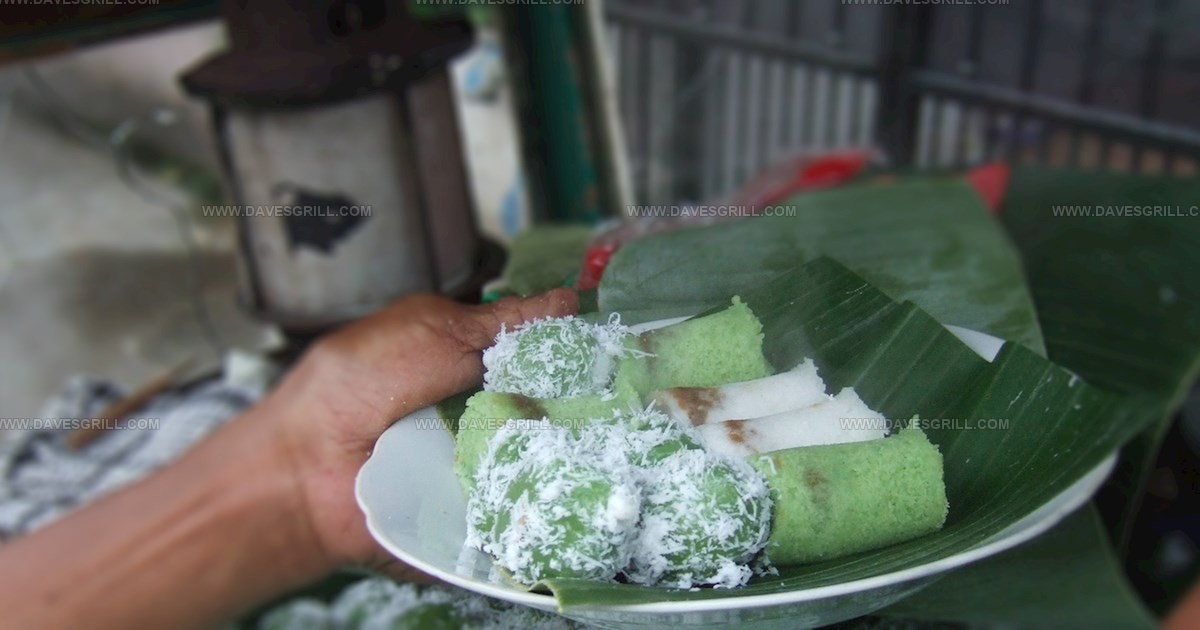
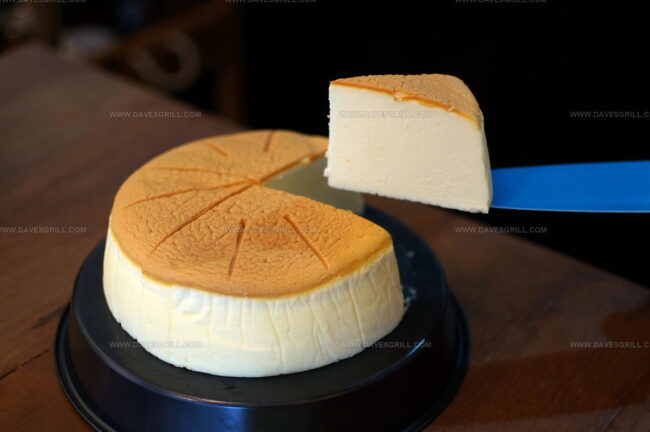
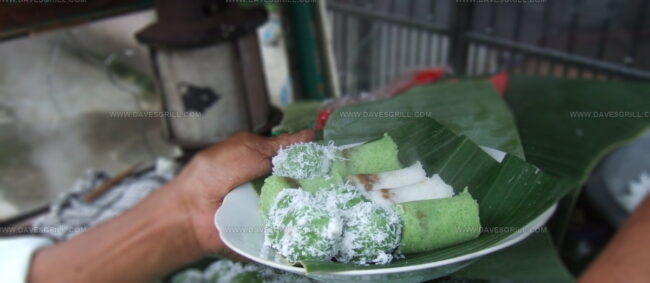
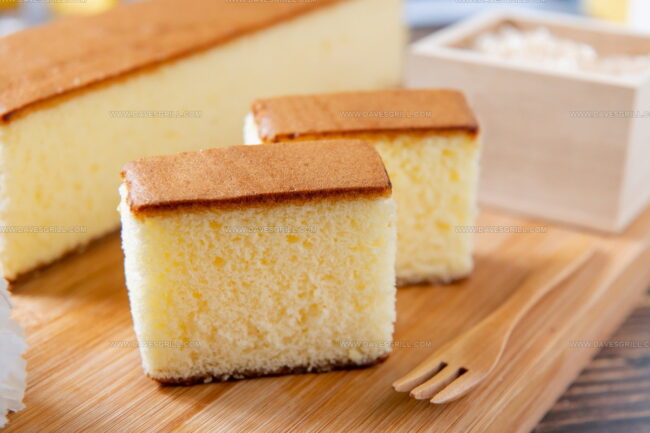
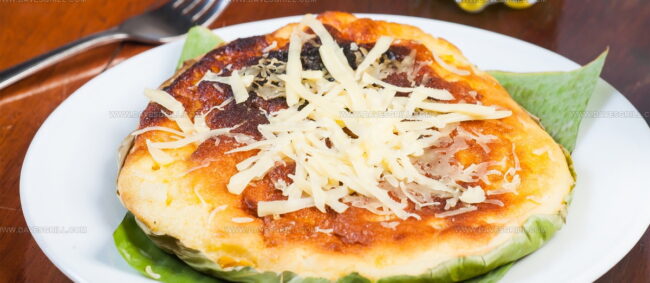
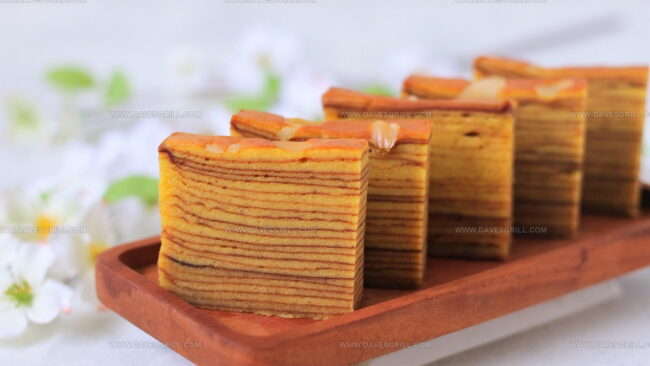
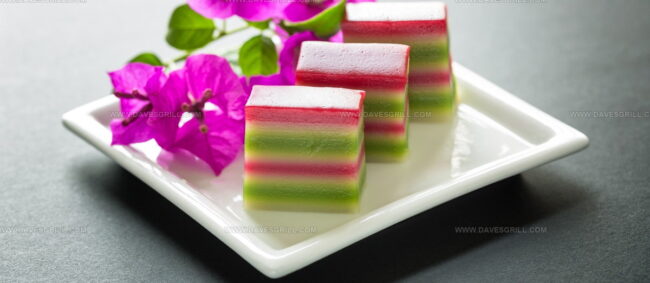
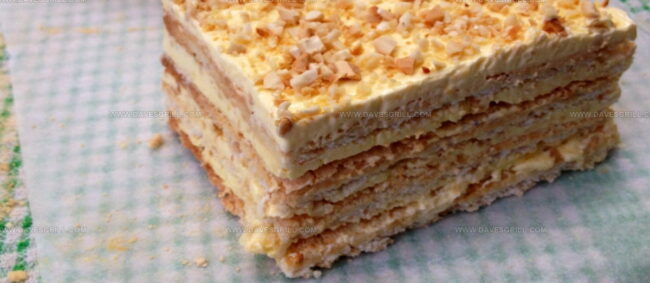
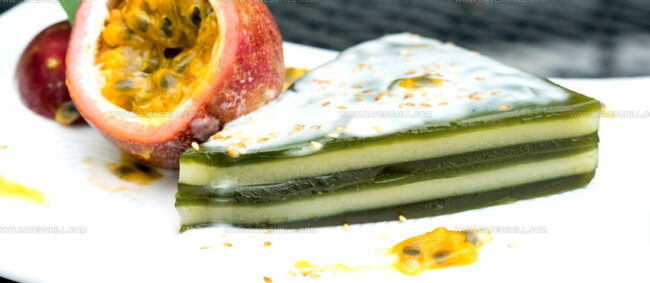
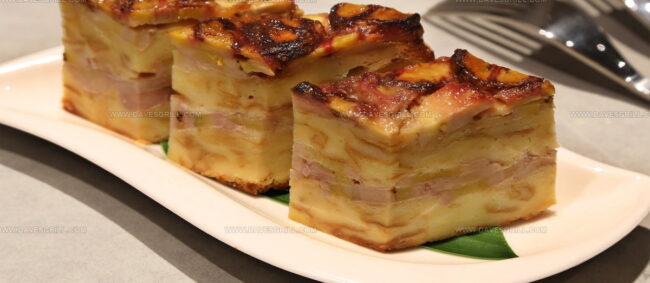
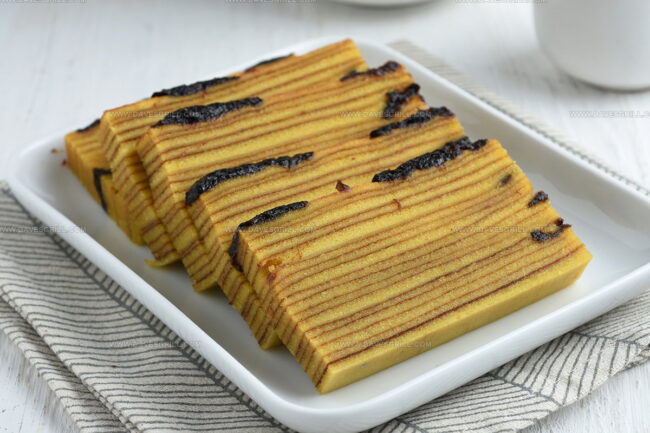
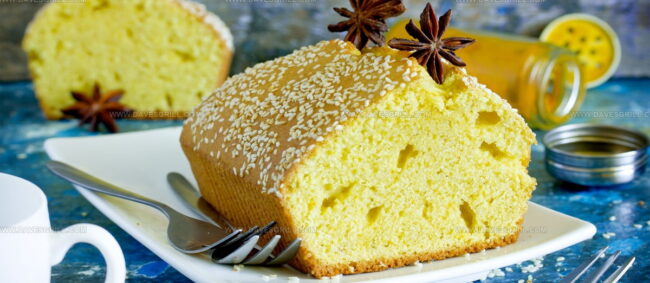
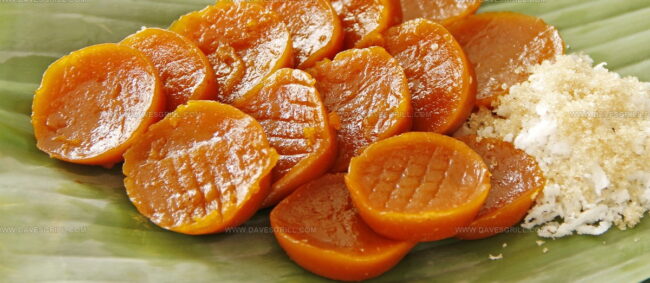
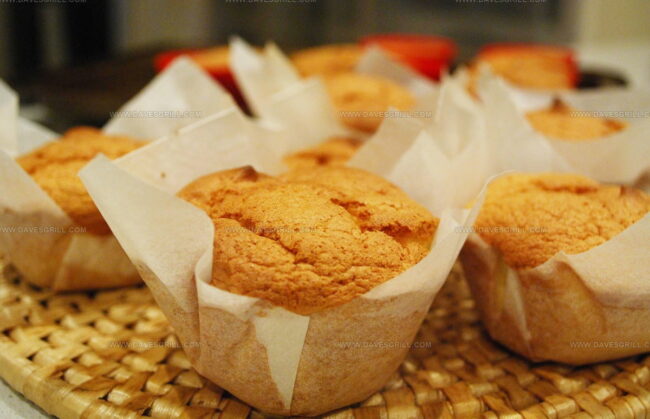
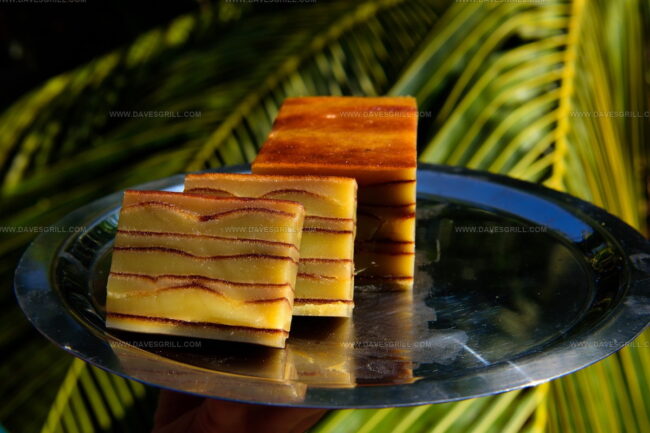
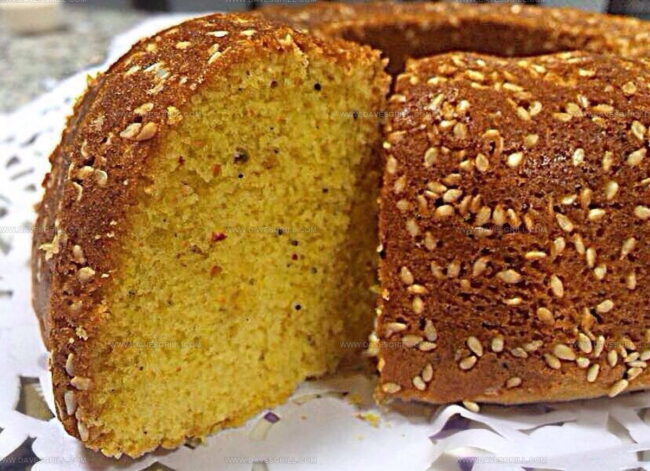
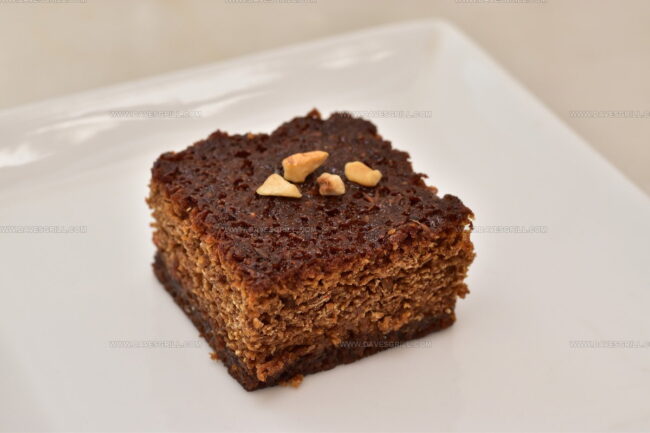
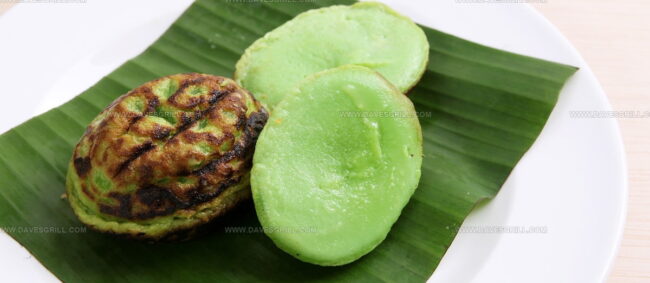
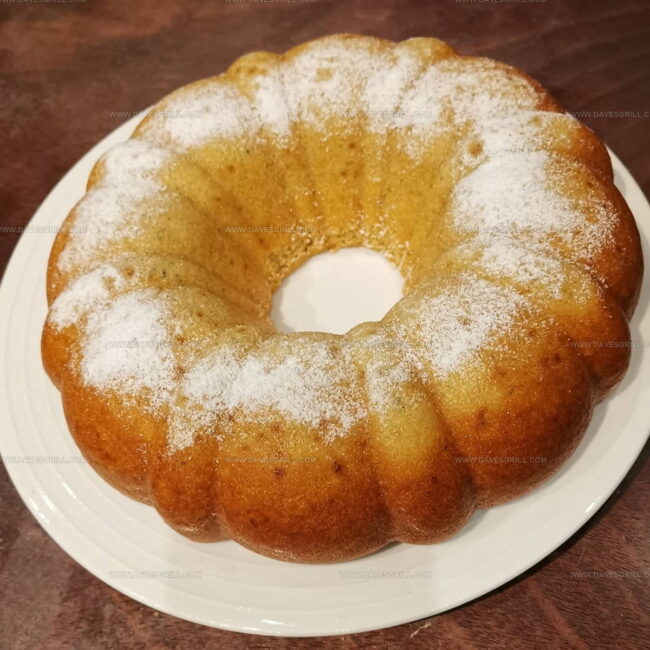
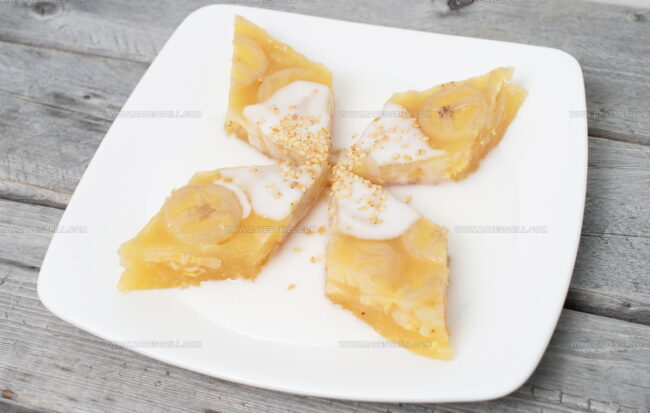
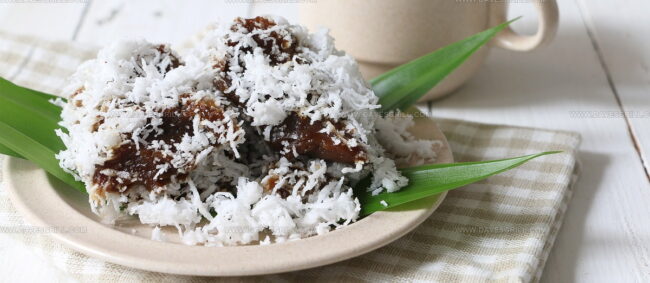
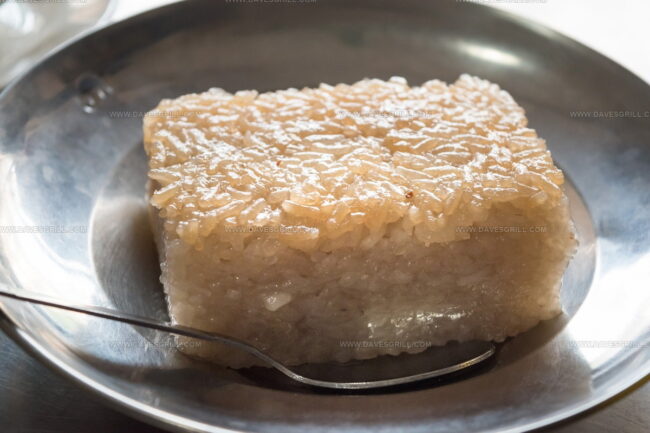
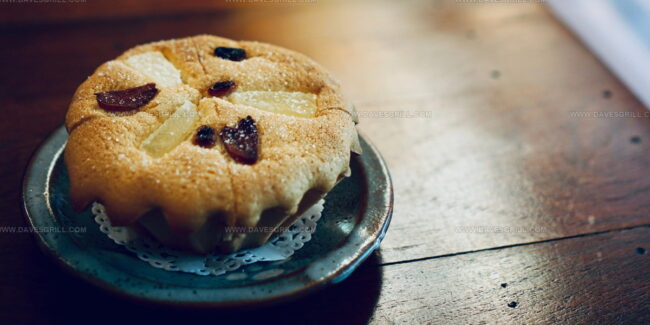
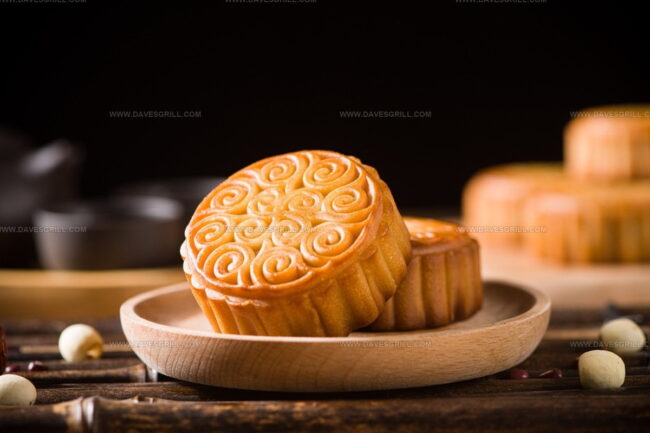
Dave Mitchell
Founder & Chief Recipe Developer
Expertise
Education
Asheville-Buncombe Technical Community College
Associate of Applied Science in Culinary Arts
Focus: Comprehensive training in culinary techniques, kitchen management, and menu planning, with a special emphasis on grilling and outdoor cooking.
Dave Mitchell is the heart behind Daves Grill, a cook, writer, and lover of all things grilled. He studied Culinary Arts at Asheville-Buncombe Technical Community College and spent years cooking, testing, and sharing recipes that actually work.
Dave started Daves Grill to keep things simple: one great recipe at a time. His food is bold, easy to follow, and made for real people with regular kitchens. From juicy steaks to quick sides, Dave’s recipes bring the heat without the hassle.